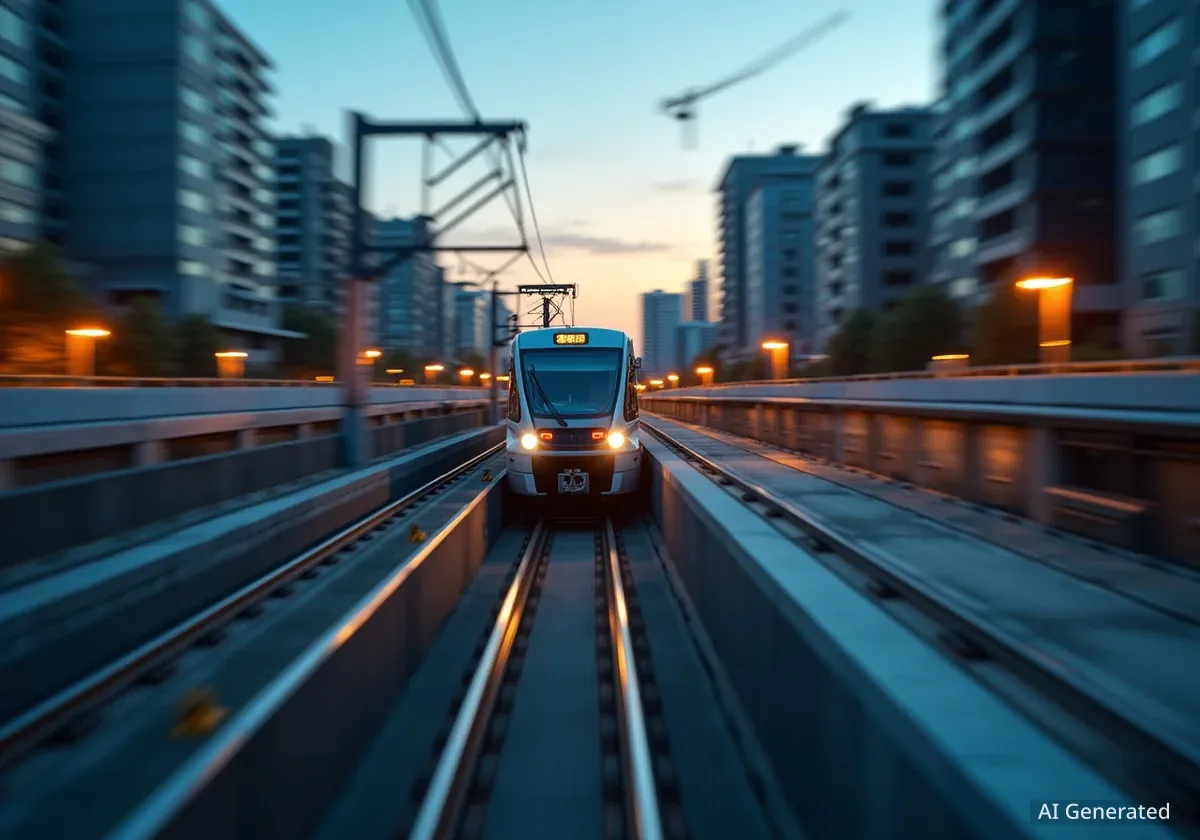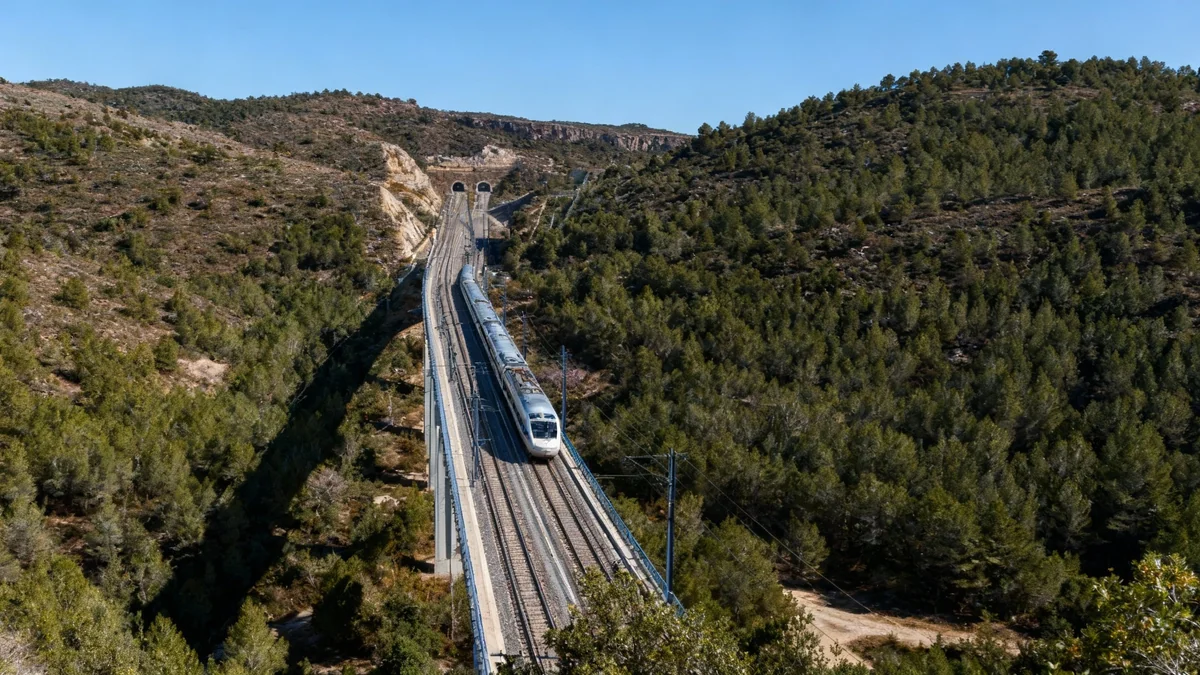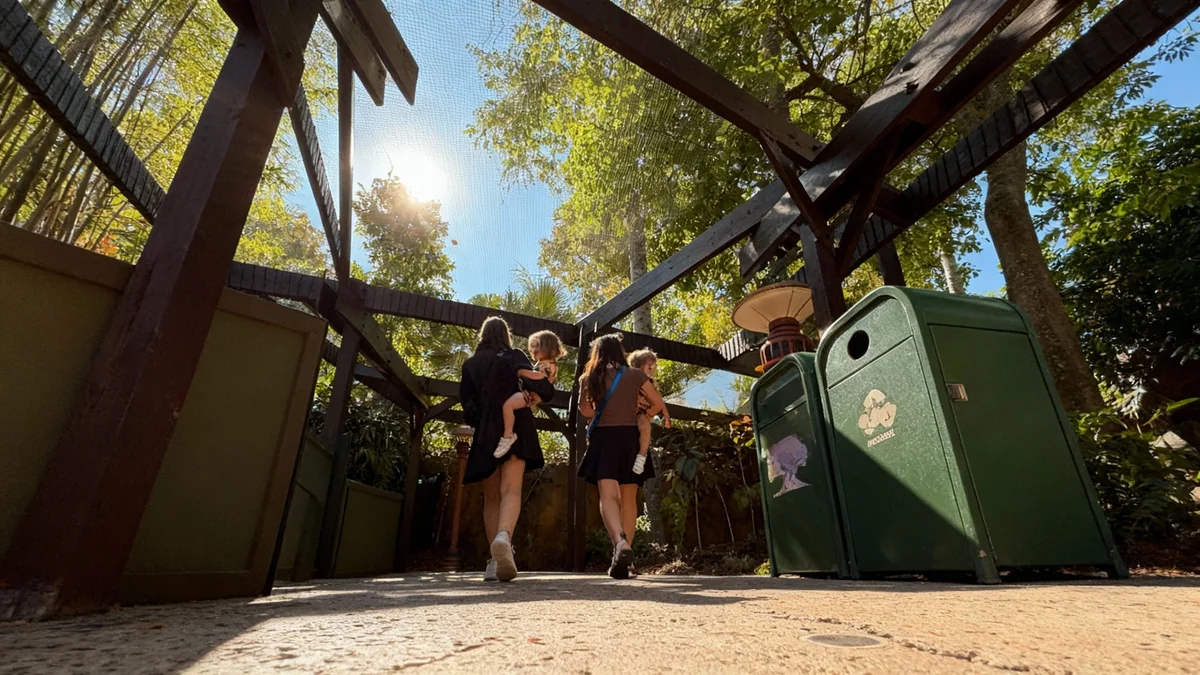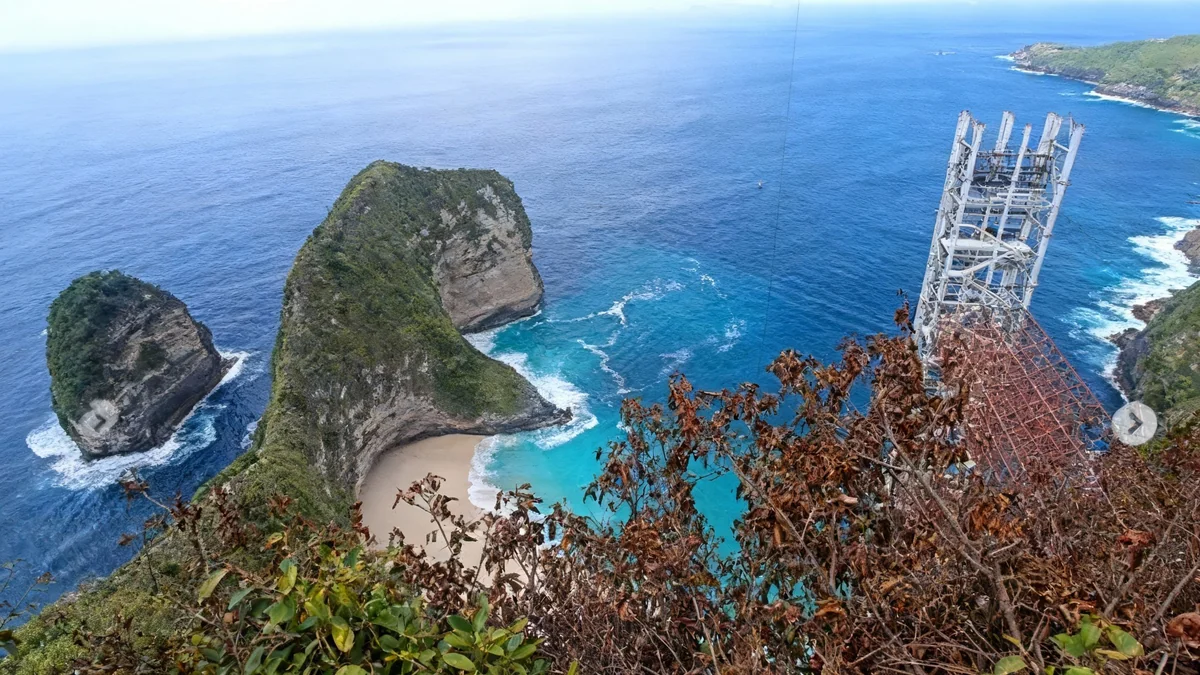A major light rail expansion in Seattle, initially estimated at $7.1 billion when voters approved it in 2016, is now projected to cost over $30 billion. The Sound Transit 3 (ST3) projects to connect West Seattle and Ballard face significant delays and a budget that has more than quadrupled, prompting questions about the project's planning and future.
Key Takeaways
- The cost for the West Seattle and Ballard light rail extensions has grown from a 2016 estimate of $7.1 billion to a current projection of $30.5 billion.
- Original completion dates have been pushed back, with West Seattle now targeted for 2032 and Ballard for 2039, with risks of further delays.
- Factors driving the cost increase include preliminary estimates that lacked detailed analysis, years of planning delays, design changes, and a sharp rise in construction inflation.
- Officials are now considering major changes, including re-evaluating the need for a second downtown Seattle rail tunnel, to manage the immense budget shortfall.
From Voter Approval to Financial Reality
In 2016, voters in the Puget Sound region approved the Sound Transit 3 (ST3) package, a comprehensive $54 billion plan to expand public transit. A key component for Seattle residents was the promise to build light rail lines to the West Seattle and Ballard neighborhoods, connecting them to the regional system with traffic-free transit.
At the time, the estimated cost for these two lines was $7.1 billion. However, nearly a decade later, construction has not yet begun, and the financial outlook has changed dramatically. Sound Transit now estimates the cost to be $30.5 billion, with projections suggesting the final figure could reach as high as $42.5 billion when accounting for future inflation.
A History of Delayed Promises
For many Seattle voters, ST3 was seen as a way to fulfill long-standing transit goals. The collapse of the Seattle Monorail Authority a decade earlier left a void in the city's transit infrastructure plans. The promise of ST3 was to finally deliver on creating a more connected city, making up for decades of stalled progress.
The Root of the Cost Escalation
Several interconnected factors contributed to the project's current financial state. The issues began with the initial cost estimates presented to voters in 2016.
Initial Estimates Lacked Detail
According to Sound Transit officials, the original figures were not based on detailed engineering or site-specific analysis. Instead, they were high-level projections derived from comparing the project's length and number of stations to other transit projects across the country.
"When we began looking at ST3 back in 2016... a very high level of estimating was used, based on what probably was a very kind of simplistic view of the alignment, not knowing field conditions, site conditions, all those things," Terri Mestas, Sound Transit’s Deputy CEO for Megaproject Delivery, told The Urbanist.
This practice of seeking voter approval before conducting in-depth planning is common for U.S. transit projects but is fraught with risk. Eric Goldwyn, an Assistant Professor at the NYU Marron Institute, noted, "You should not put before the voters a number and an alignment with any expectation that those two things are going to be the final product."
Years of Delays and Design Changes
After the 2016 vote, the project entered a prolonged period of debate and revision. Instead of moving quickly to finalize designs, local leaders and community groups engaged in extensive discussions over alignments and station locations, leading to significant delays.
Key debates included:
- West Seattle Tunnel: A major discussion focused on whether the line into Alaska Junction should be elevated or in a more expensive tunnel. A tunnel was ultimately chosen as the preferred option, adding significant cost.
- Chinatown-International District (CID) Station: The placement of a station in the historic CID neighborhood became a contentious issue, leading to years of studies and community feedback. A last-minute proposal in 2023 by Seattle Mayor Bruce Harrell and King County Executive Dow Constantine shifted the station's location, further altering the project's scope.
The High Price of Time
These planning delays pushed the project into a period of extreme cost inflation. According to the U.S. Department of Transportation, highway construction costs, which are a reliable indicator for large transit projects, have surged by 71.5% since the end of 2021. This means that every month of delay made the project substantially more expensive.
Searching for Solutions Amid a Budget Crisis
With a multi-billion-dollar shortfall, Sound Transit and regional leaders are now forced to consider significant changes to the original plan. One of the most prominent proposals involves the planned second downtown light rail tunnel.
Rethinking the Second Downtown Tunnel
The Ballard Link project includes a new, separate rail tunnel through downtown Seattle. This was intended to add capacity and resilience to the entire system. However, its estimated cost is a major driver of the budget increase.
King County Councilmember Claudia Balducci, a long-serving Sound Transit board member, has formally proposed re-examining whether the second tunnel is necessary. She suggests that upgrading the existing tunnel's signaling and operations could potentially handle the required train frequencies at a fraction of the cost.
"When you’re staring down a $30 billion budget shortfall, then you’ve got to ask questions," Balducci stated. "It seemed really important to me to ask the question: do we need the second tunnel?"
Some transit experts agree that this approach is worth studying. "You build a second tunnel when you have maxed out the capacity of your first tunnel," said Eric Goldwyn. He suggested that before committing to a new tunnel, an agency should first exhaust all options to improve the existing one, such as upgrading signaling systems or lengthening platforms.
The Path Forward
Sound Transit is now conducting a detailed assessment of the second tunnel, using simulation models to evaluate system reliability and service levels with and without it. The agency is also looking for smaller cost-saving measures across the entire ST3 program.
The situation has created tension among regional leaders. Seattle Mayor Bruce Harrell has publicly defended the completion of the city's projects, while leaders from other areas have suggested delaying them in favor of finishing other parts of the regional transit network first.
Terri Mestas of Sound Transit emphasized the urgency of making firm decisions to prevent further cost escalation. "Time is of the essence," she said. "Time is one of the biggest factors that will impact your project."
The next year will be critical in determining the final scope, timeline, and cost of a project that Seattle voters approved with high hopes in 2016. The decisions made will shape the future of the city's transportation for generations to come.





